Convent and Church of Santa Teresa: A Cultural Heritage Site in Salvador, Bahia
The Convent and Church of Santa Teresa in Salvador, Bahia, has been declared a Cultural Heritage Site.
In 1665, a convent of Discalced Carmelites was founded in Bahia, the work being carried out by Brother José do Espírito Santo. The convent was built on the site of a small church dedicated to Saint Teresa, inaugurated in 1686 and completed in 1697.
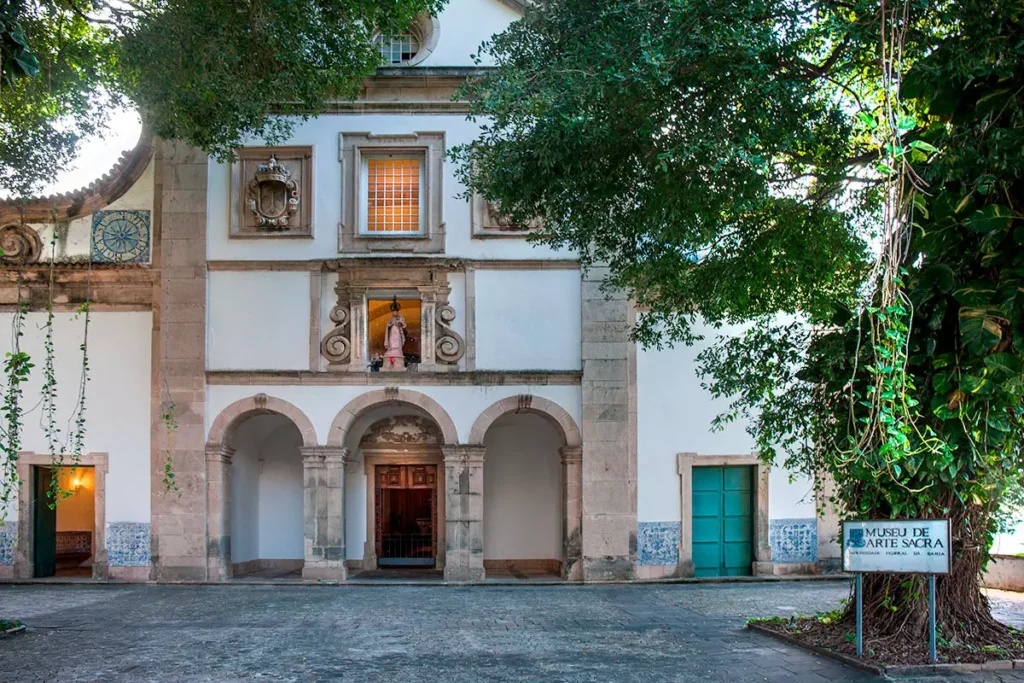
The convent is built around a square cloister, with the church occupying one side and standing out from the rest of the complex.
The church has a plan typical of Roman Jesuit buildings, with a transept and nave of equal height, a dome at the intersection and intercommunicating chapels. The design of the church, attributed to Macário de São João, includes a galilee with three arches, typical of Benedictine and Franciscan buildings.
The design of its façade, in classical lines, is inspired by the Roman model of Vignola, and represents a unique case of this type of composition before the end of the 17th century in Brazil. Fidelity to this typology led to the tower being replaced by a spire mounted on the side wall of the nave. In 1837, the Archiepiscopal Seminary was installed in the convent of Santa Teresa. The present silver high altar comes from the old Cathedral, demolished in 1933.
The building houses the Museum of Sacred Art, run by the Federal University of Bahia, with a collection of around 1,400 pieces, including wooden and terracotta images, sculptures, paintings, tiles, silverware and furniture from the 16th to 19th centuries. In 1959, the UFBa Museum of Sacred Art was established, which is considered to be the largest collection of sacred art in the country.
Location: Rua do Sodré, nº 25 – Pelourinho, Salvador, BA.
The Convent and Church of Santa Teresa and the UFBa Museum of Sacred Art
The Convent and Church of Santa Teresa and the UFBa Museum of Sacred Art are located in the same complex, but are separate entities. The Convent of Santa Teresa was founded in the 17th century and is an important religious building, while the Church of Santa Teresa is attached to it. The Museum of Sacred Art of the Federal University of Bahia (UFBa) occupies part of the former convent and houses an important collection of sacred art, including paintings, sculptures and liturgical objects.
Although they are located in the same building and share a rich history, they serve different purposes: one as a place of worship and the other as a space for the conservation and exhibition of sacred art.
Video on the history of the Santa Teresa convent and church
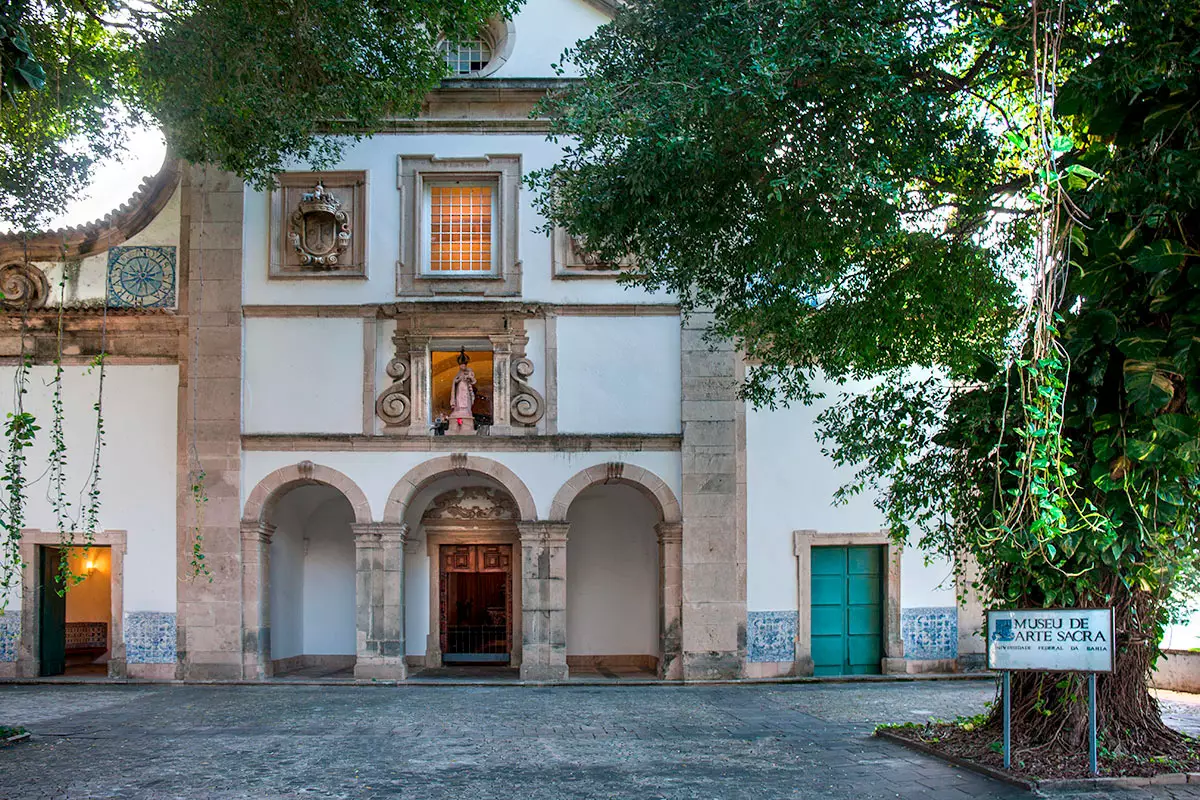
História do Convento e Igreja de Santa Teresa - Salvador BA
See also Churches of Salvador de Bahia
History of the Convent and Church of Santa Teresa in Salvador
The Museum of Sacred Art of the Federal University of Bahia is housed in the Convent and Church of Santa Teresa. The church and convent of Santa Teresa were the result of the disciplinary reform of the Carmelite Order carried out by Saint Albert with the help of Saint Teresa of Ávila and Saint John of the Cross.
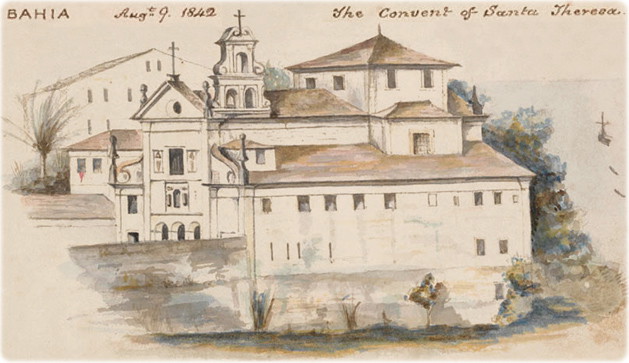
The Discalced Carmelite Order was authorised in 1665 to settle in Bahia, in a place called Preguiça. The first group of monks, from the province founded in Angola, built a wooden hospice. This group was composed of Brother Manoel de Santo Alberto, Brother Jerônimo de Santo Alberto, Brother João das Chagas and the lay brothers Brother Francisco da Trindade and Brother Antônio da Apresentação, under the priory of Brother Joseph do Espírito Santo.
For nine years, the hospice’s wooden buildings served as temporary accommodation for the religious, as they didn’t yet have permission to found a convent. There is no exact date when the hospice was replaced by the permanent convent and church, built on higher ground. Documents from 1680 refer to the construction, but indicate that there were few alms to continue the work.
Without evidence, several authors attribute the design to the Benedictine architect Macário de São João. It is known that some stones, such as those for the pulpits, came from Portugal, but most were local. There was a quarry at the foot of the Preguiça slope and, according to some authors, the monks set up a crane there to transport the materials.
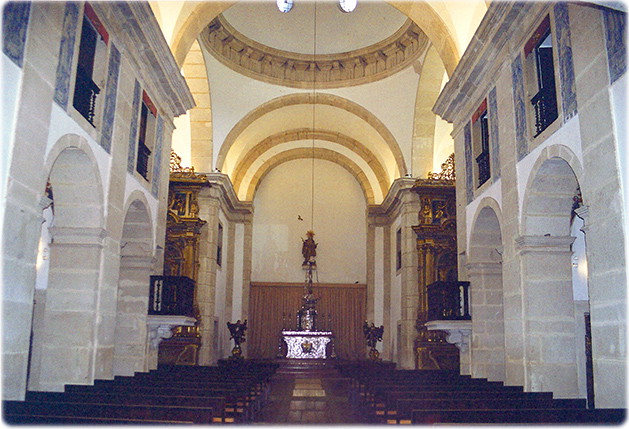
In 1686 they were able to move into the new convent with a larger number of monks. The new church, however, was not completed until the end of the 17th century and was consecrated in honour of the patron saint, Saint Teresa of Avila, under the priority of the friar Antonio de São José. On this occasion, the image of Our Lady of Mercy was transferred to the small chapel in the transept of the church, as described by Brother Agostinho de Santa Maria. The church and convent were officially inaugurated on 15 October 1697.
The active religious activity of the monks enriched the church with valuable tiles, paintings, carvings and tools. In the struggle for independence, eight friars and two brothers, all Portuguese, were involved with members of the community accused of collaborating with the Lusitanian faction. By 1836 there were few remnants of the Terésios left in Bahia.
The provincial government and the surviving religious agreed to reuse the decaying convent and founded the Seminary of Bahia in 1837. The convent and church of Santa Teresa were incorporated into the Miter, with the extinction of the Order of Discalced Carmelites of Bahia, as a result of the Provincial Law of 2 June 1840, sanctioned by the President of the Province, Tomás Xavier García d’Almeida.
Despite the 1855 imperial ban on the admission of seminarians, the minor seminary was eventually installed in buildings added to the Santa Teresa complex in 1858. Renovations were then carried out by the Companhia Predial Baiana, under the direction of the French engineer F. P. Lenoir.
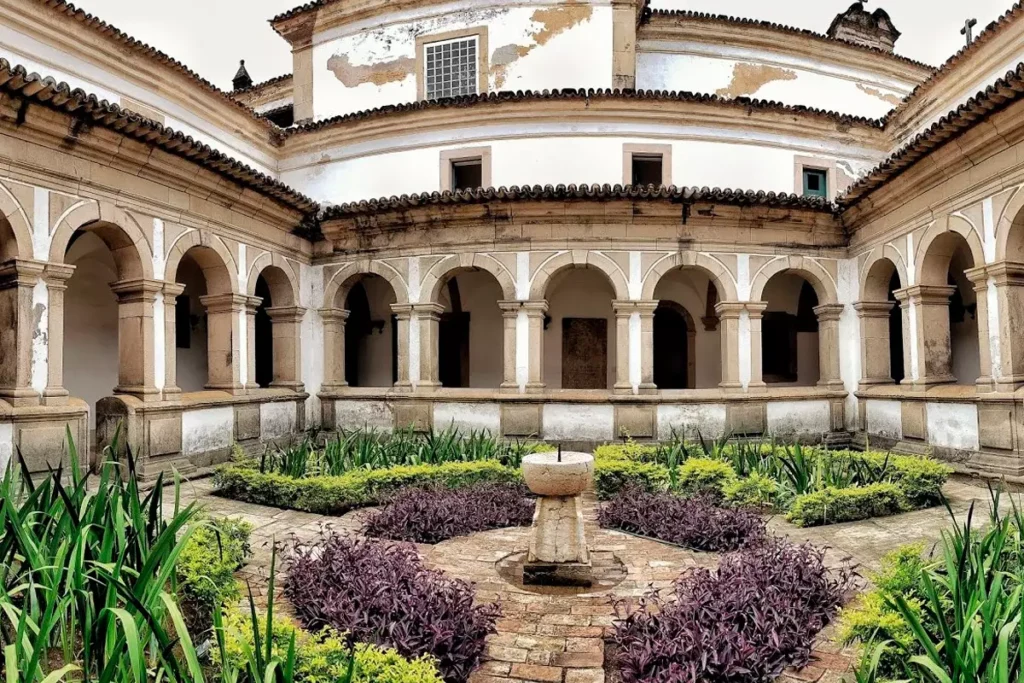
In 1888 the administration of the seminary passed to the Vincentian Fathers, or the Congregation of the Lazarist Missions from Paris, with Julio José Clavelim as Rector. During this period, according to Valentin Calderón, the convent of Santa Teresa underwent alterations that damaged the architectural aspect of the building, hiding the original with various other constructions. Internal walls were demolished and doors were opened, thus de-characterising the building.
In this series of interventions, some works of art suffered significant losses, such as the removal of the church’s original high altar around the 1890s, which was replaced by a concrete altar that was demolished during the 20th century renovation by the University of Bahia. In the early days, the convent was occasionally occupied by various organisations.
It was home to the Academia Brasílica dos Renascidos. During the struggles for independence in 1823, it was occupied by General Inácio Luís Madeira de Mello and the Brazilian troops. Around 1840 it housed the Agricultural Society, which was installed there when the seminary was created. The Ficlomatic Society of Chemistry, the former “Apothecary”, occupied the Seminary from 1849.
During the evacuation of the seminary, the School of Economics, installed by the rector Edgard Santos, founder of the University of Bahia, operated in the convent. In 1969, when it moved from 28 de Dezembro Street to the Canela neighbourhood, the School of Fine Arts also spent some time there. Shortly before, in 1966, the Museum of Art of Bahia temporarily moved into the convent.
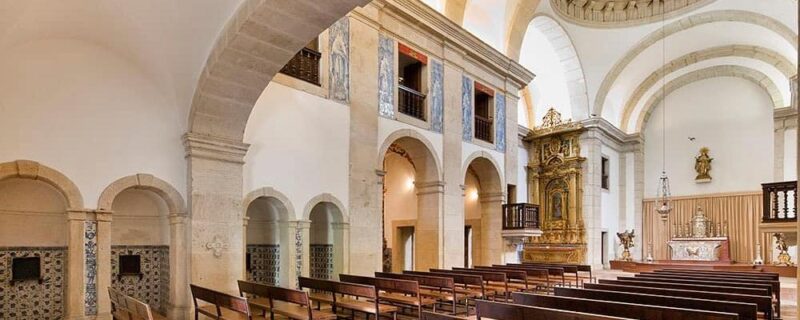
It was the rector, Edgard Santos, who made the best use of this monument, after the Carmelites themselves. The valuables of the Carmelites, confiscated by the provincial government, for reasons unknown, were kept in the Casa Pia dos Órfãos de São Joaquim and then in the hands of the Rector of the Archiepiscopal Seminary. In 1839, they were requisitioned by the President of the Province, Tomás Xavier Garcia, who added them to the other goods in the custody of the Provincial Treasury.
A few pieces remained for the use of the church of Santa Teresa; the rest, which were of little use, were distributed among the poor parishes, and the archbishop was informed. In 1846, these goods were ordered to be given to the Vice-Commissioner of the Holy Land in Salvador, Brother Manoel de Maria Santíssima do Rosário, along with all the root crops, furniture, cattle, images and ornaments.
Some of the properties were auctioned off and converted into policies, which, together with other properties, became part of the Seminary’s patrimony. The minor seminary operated in the Santa Teresa convent until 1953. Shortly afterwards, on 6 March 1958, an agreement was signed between the University of Bahia and the Archdiocese of Salvador. Negotiations took some time, and the University undertook to restore and preserve the monument, to respect the spaces protected by heritage laws, to use them for cultural purposes and university activities, and to allow religious services regulated by Canon Law.
The work approved by IPH was interrupted because Cardinal Dom Augusto Álvaro da Silva did not agree to the installation of a cultural centre in the convent, although he approved the restoration of the building, but for the installation of Carmelite nuns. IPHAN took a firm stand against the Cardinal’s position and sent the programme for the use of the former convent and church to Bahia.
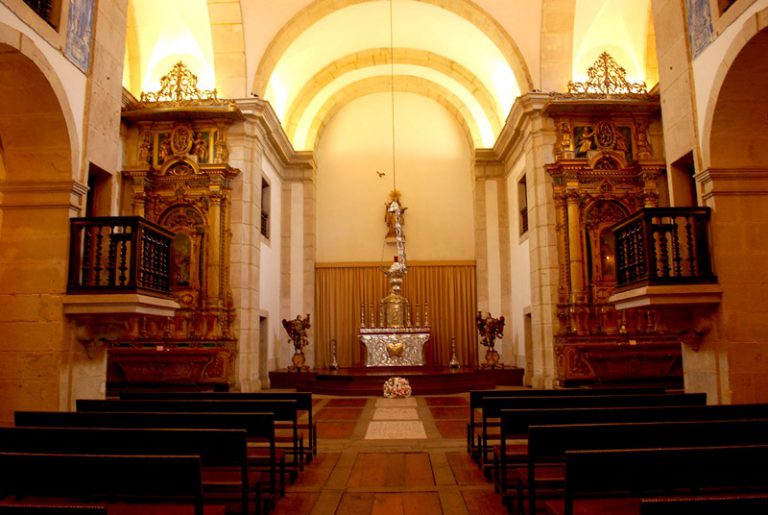
This programme was designed by an unnamed architect from the University of Bahia, in collaboration with Renato Soeiro from Iphan. Patrimônio appointed Wladimir Alves de Souza to advise and supervise the work. The president of IPHAN at the time, Rodrigo de Melo Franco de Andrade, collaborated in the process of creating the museum, demanding that the work be constantly supervised by the architect, Fernando Leal, but the official person in charge of supervising the work ended up being Diógenes Rebouças.
Engineer Geraldo Câmara, among others, was responsible for carrying out the work. Before starting, at the request of the Rector, Edgard Santos, they had to wait for the curator of the Vatican Museum, Deoclécio Redig de Campos, who would be involved in organising the exhibition spaces of the future Museum of Sacred Art.
During the restoration of the buildings, the outbuildings not listed in the Patrimony were removed and the convent was enclosed within a well-walled enclosure, including the old small seminary building. The work brought some discoveries, such as the painting on the old ceiling of the refectory, which was covered by a new ceiling damaged by the previous removal of some boards between the beams.
Oil paintings were also discovered on the semicircular ceiling of the small chapel in the corridor next to the church, and on the ceiling of the noble cell, whose window opens onto the choir. After the restoration of the Museum of Sacred Art, there was a debate about the collection to be exhibited, as many members of the Archdiocese were against the loan of pieces.
When the museum was inaugurated on 10 August 1959, pieces from the Curia’s collection were exhibited, along with others that had been donated or loaned, including furniture, paintings and other objects from the Évora Museum. At the time, the IV International Colloquium of Luso-Brazilian Studies was being held, which brought to Salvador several specialists in the field of Portuguese and Brazilian history.
Founded by Edgard Santos, the first collection of the Museum of Sacred Art was made up of works of art belonging to the Curia, most of which came from the demolition of the old Sé Church, destroyed in 1933 to make way for the tramway. Until then they had been kept in the former Jesuit Library in the cathedral.
For a number of years, the museum was run by Dom Clemente Maria da Silva-Nigra, a Benedictine monk and art scholar. During his tenure, several pieces from the collection of the monastery of São Bento were displayed to the public. With the restoration of the Benedictine complex in 2005, this collection returned to the monastery, which set up its own museum.
Publicações Relacionadas
Tourist attractions in the Gamboa neighbourhood in Salvador BA
Nossa Senhora dos Mares Church: Gothic Architecture
Learn about the history of the construction of the Lacerda Lift
Prostitution, Sex, Bars and Nightclubs in Salvador de Bahia
Tourist attractions and architectural heritage in Salvador de Bahia
Fort of Nossa Senhora de Monte Serrat History
Church of the Third Order of St Francis History
Rio Vermelho Neighbourhood in Salvador's Nightlife
Discover the Rich Heritage: 39 Museums in Salvador
Discover the Charm: A Tour of Interesting Places in Salvador
History of the São Marcelo Fort or Forte do Mar in Salvador
Secret History of Salvador de Bahia
Solar do Unhão and the Museum of Modern Art in Salvador BA
Discovering the Origins of the Senhor do Bonfim Ribbons
Palaces in Salvador to visit and learn about Brazil's history
History of the Founding of Salvador de Bahia
Tourist Attractions in Pelourinho and the Historic Centre of Salvador
Exploring the Architectural Marvels: Churches of Salvador
This post is also on:
![]() Português
Português ![]() English
English ![]() Deutsch
Deutsch ![]() Español
Español ![]() Français
Français



















